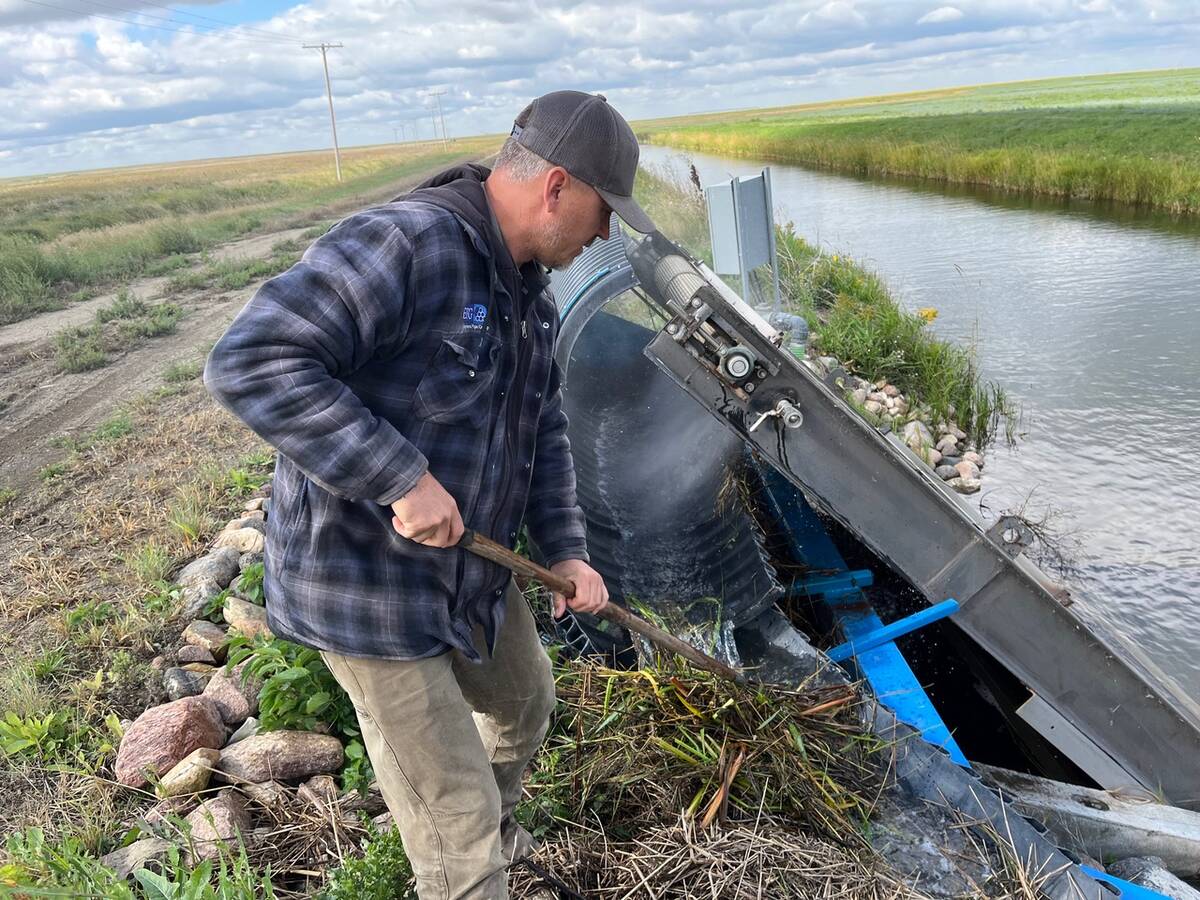RED DEER – Canada needs a farm policy that encourages producers to earn more money from the marketplace with less reliance on programs, an Alberta government official said recently.
“We are trying to put more policy to the fore with less distortion and more opportunities for farmers to derive profit from the marketplace and answer signals,” Andre Tremblay of Alberta Agriculture’s policy, strategy and intergovernmental affairs division told the Alberta Agricultural Economists Association’s annual convention held May 5 in Red Deer.
“It can’t always be about programs in perpetuity.”
Read Also

Saskatchewan farmer uses tile drainage to manage water
The integration of both irrigation and tile drainage results in higher yields, water efficiency, improved soils and less nutrient runoff, says one producer.
Tremblay said governments have spent significant amounts of public money in the last 15 years to stabilize farm income.
“There were lots of programs, but there was really no rhyme or reason for these programs,” he said. “They were very responsive for single occurrence issues.”
Growing Forward, the most recent farm program, started in 2008 and is scheduled to end in March 2013. The next phase, Growing Forward II, must be negotiated by April 2013 for a program ending in 2018.
They may offer more insurance programs rather than income stabilization. There may also be less money available.
“Government dollars may not be available in the future as we continue to deal with economic challenges globally and contracting governments all over the world,” Tremblay said.
Governments could also introduce livestock programs modelled after Alberta’s cattle price insurance program.
There is public support for crop insurance premiums, but Tremblay said governments are unlikely to subsidize livestock premiums because they insure prices and could trigger trade action in the international arena.
Other programs may also examine Canada’s overall competitiveness in domestic and international markets. More focus is aimed at supply chains of producers, processors, marketers and distributors.
He said trade access means more than selling beef to China. Instead, it should evolve into helping producers and processors deliver the kind of products customers want.
“Frankly, we haven’t done a good job of it so far in some of these framework agreements.”
A new plan could also steer research and innovation toward commercial opportunities, although not everything has an obvious market application. Research may continue to look at increasing productivity, such as new agronomy or better crop varieties to make farmers more competitive.

















